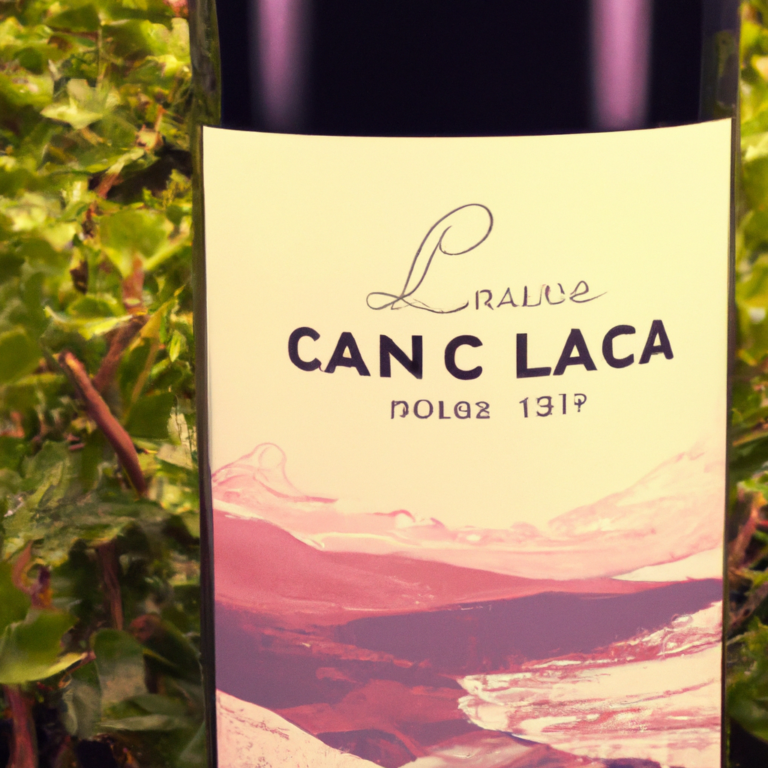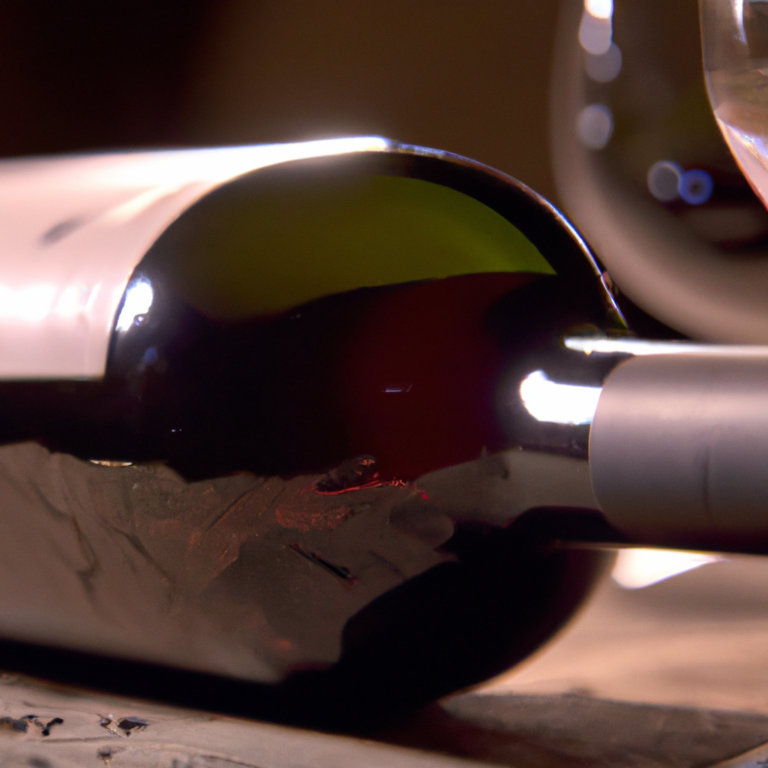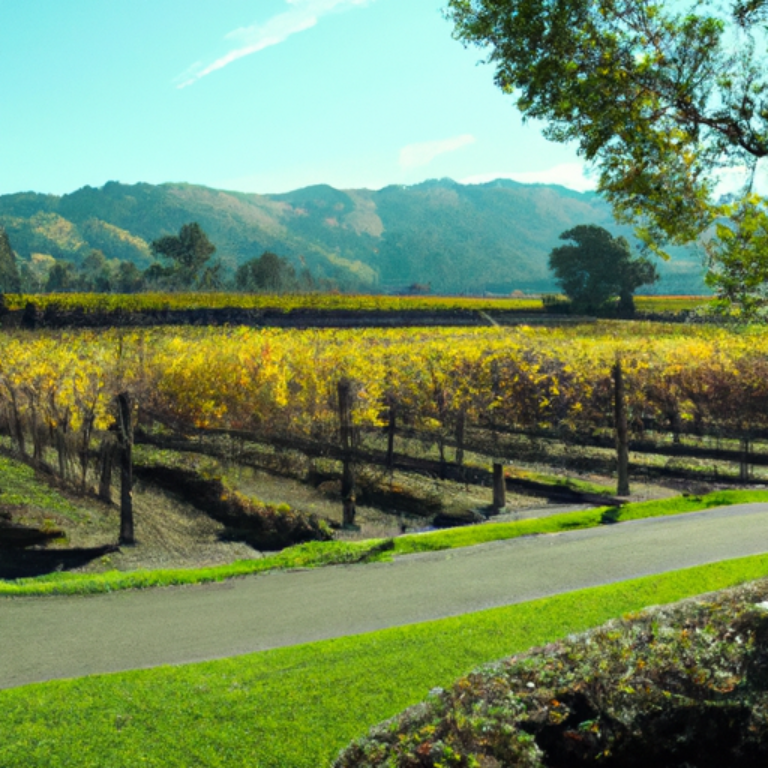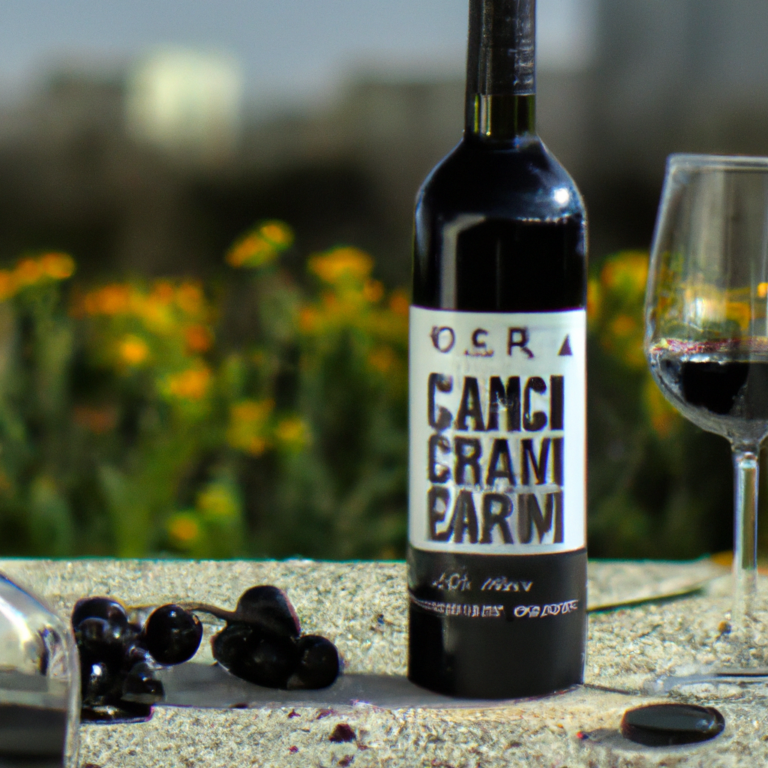Understanding the Differences Between Prosseco, Champagne, and Cava
-
Article Summary
- Understanding the Differences Between Prosecco, Champagne, and Cava
- Key Takeaways
- Introduction: The Sparkling World of Wine
- The Elegance of Champagne
- The Freshness of Prosecco
- The Versatility of Cava
- FAQ Section
- What is the main difference between Prosecco, Champagne, and Cava?
- Why is Champagne more expensive than Prosecco and Cava?
- Can I substitute Prosecco or Cava for Champagne in recipes?
- Which one is sweeter, Prosecco, Champagne, or Cava?
- Which one should I choose for a special occasion?
- Conclusion: Celebrating Diversity in Sparkling Wine
- Revisiting the Key Takeaways
Understanding the Differences Between Prosecco, Champagne, and Cava

[youtubomatic_search]
Key Takeaways
- Prosecco, Champagne, and Cava are all sparkling wines, but they differ in terms of origin, production method, and taste.
- Champagne is produced in the Champagne region of France and is known for its complex flavors and high price tag.
- Prosecco is an Italian sparkling wine that is lighter and fruitier than Champagne, and it is usually more affordable.
- Cava is a Spanish sparkling wine that is made using the same method as Champagne but with different grape varieties, resulting in a unique flavor profile.
- Understanding these differences can enhance your wine-drinking experience and help you make informed choices when purchasing sparkling wine.
Introduction: The Sparkling World of Wine
Sparkling wine is a broad category that includes several types of wine, each with its unique characteristics. Among the most popular are Prosecco, Champagne, and Cava. While they may seem similar at first glance, they are distinct in terms of their origin, production method, and taste. This article aims to delve into these differences and provide a comprehensive understanding of these three sparkling wines.
The Elegance of Champagne
Champagne is arguably the most famous sparkling wine, originating from the Champagne region in France. It is produced using the traditional method, also known as “méthode champenoise,” which involves a second fermentation in the bottle. This process contributes to the wine’s complex flavors and fine bubbles. Champagne is typically made from Chardonnay, Pinot Noir, and Pinot Meunier grapes, and it is known for its high price tag due to the labor-intensive production process and strict regulations in the Champagne region.
The Freshness of Prosecco
Prosecco is an Italian sparkling wine from the Veneto region. Unlike Champagne, Prosecco is made using the Charmat method, where the second fermentation takes place in large steel tanks. This method preserves the fresh and fruity characteristics of the Glera grape, which is the primary grape used in Prosecco. As a result, Prosecco is generally lighter, fruitier, and more affordable than Champagne.
The Versatility of Cava
Cava is a Spanish sparkling wine primarily produced in the Catalonia region. It is made using the traditional method, like Champagne, but with different grape varieties, including Macabeo, Parellada, and Xarel-lo. This results in a unique flavor profile that is often described as crisp and refreshing with notes of citrus and green apple. Cava offers a wide range of styles and price points, making it a versatile choice for many occasions.
FAQ Section
What is the main difference between Prosecco, Champagne, and Cava?
The main difference lies in their origin, production method, and grape varieties used, which all contribute to their distinct taste profiles.
Why is Champagne more expensive than Prosecco and Cava?
Champagne is more expensive due to its labor-intensive production process, strict regulations, and the prestige associated with the Champagne region.
Can I substitute Prosecco or Cava for Champagne in recipes?
Yes, you can substitute Prosecco or Cava for Champagne in recipes, but keep in mind that it may slightly alter the taste due to their different flavor profiles.
Which one is sweeter, Prosecco, Champagne, or Cava?
Prosecco is generally the sweetest of the three due to its fruity characteristics, while Champagne and Cava are usually drier.
Which one should I choose for a special occasion?
All three can be suitable for special occasions, depending on your personal preference and budget. Champagne is often associated with luxury and celebration, while Prosecco and Cava can be excellent choices for their quality and affordability.
Conclusion: Celebrating Diversity in Sparkling Wine
Prosecco, Champagne, and Cava each offer a unique wine-drinking experience, reflecting the diversity in the world of sparkling wine. By understanding their differences, you can appreciate their unique qualities and make informed choices when purchasing sparkling wine. Whether you prefer the elegance of Champagne, the freshness of Prosecco, or the versatility of Cava, there is a sparkling wine out there for every palate and occasion.
Revisiting the Key Takeaways
- Prosecco, Champagne, and Cava are distinct in terms of their origin, production method, and taste.
- Champagne is known for its complex flavors and high price tag, reflecting its labor-intensive production process and the prestige of the Champagne region.
- Prosecco offers a lighter and fruitier taste, making it a more affordable alternative to Champagne.
- Cava, made using the same method as Champagne but with different grape varieties, offers a unique flavor profile and a wide range of styles and price points.
- Understanding these differences can enhance your wine-drinking experience and guide your choices when purchasing sparkling wine.
[youtubomatic_search]







